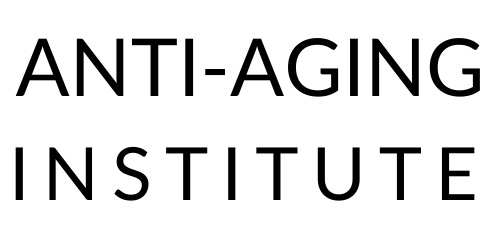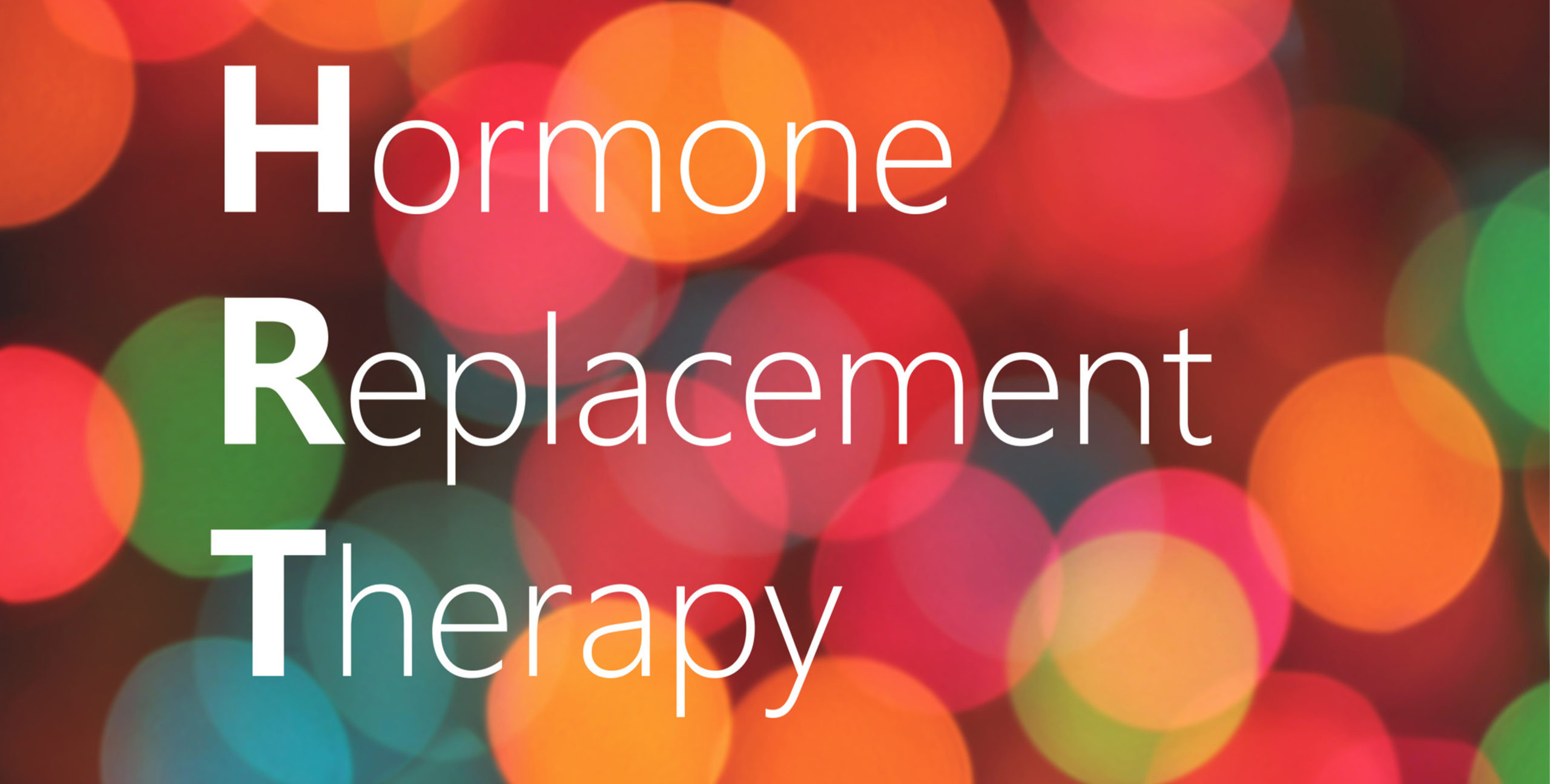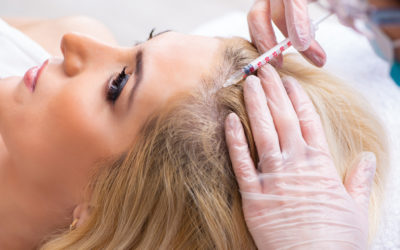While they’re hard to see coming, hormone-related diseases continue to affect thousands of Americans each year. For example, there are about 6,000 cases of growth hormone deficiencies every year in the United States.
Luckily, hormone replacement therapy can help address these issues. But the question still stands – which hormone replacement option is right for me?
That’s what we’ll be looking at in this article, as we detail 5 different hormone replacement therapy options to help you make the most effective decision.
Growth Hormone Therapy
The human growth hormone is a protein that is naturally produced by the anterior pituitary gland close to the brain. It controls the metabolic rate of cells to reproduce.
As such, growth hormones are important for repairing your body while keeping it functional. For many adults, growth hormone production dips at around age 40, but more so for individuals with surgical interventions on their pituitary glands.
Growth hormone therapy helps counteract this deficiency, which generally improves the quality of life for patients. It improves your muscle strength while letting your wounds heal faster.
Cyclical Hormone Replacement Therapy
For those experiencing the early stages of menopause, cyclical hormone replacement therapy might be the right option.
There are two types of cyclical HRT. Monthly HRT involves taking estrogen every day, then progestogen alongside it for the last 14 days of your menstrual cycle. 3-monthly HRT is the same process but you do it every three months.
Monthly HRT is generally reserved for those who get periods regularly, while the 3-month is for those with irregular periods.
Testosterone Replacement Therapy
Testosterone is a male steroid hormone that greatly affects your muscle mass, body fat, and red blood cell count.
As men age, low testosterone levels can occur, causing a dip in energy, sexual functionality, and other issues. Testosterone replacement therapy seeks to counteract these effects through various methods.
Testosterone can be absorbed into the body through skin and mouth patches, or gels. While pills for hormones exist for testosterone therapy, other supplements are more reliable.
Bioidentical Hormone Replacement Therapy
Bioidentical hormone replacement therapy (BHRT) is sought by both men and women when their hormone levels drop or become unbalanced. Estrogen, progesterone, cortisol, and testosterone are some of the hormones commonly replicated and used during BHRT.
Bioidentical hormones are man-made hormones that are chemically identical to the ones human bodies produce. BHRT can prevent improve severe menopause symptoms and can reduce the risk of diabetes and other diseases.
Because of various HRT side effects, BHRT should be heavily monitored by your doctor. There is no one-plan-fits-all approach to BHRT.
Continuous Combined Hormone Replacement Therapy
For women who are postmenopausal, continuous combined hormone replacement therapy is recommended. Postmenopausal individuals generally haven’t menstruated in over a year.
Continuous combined HRT is exactly what its name implies. Patients take estrogen and progesterone every day without a break. Continuous combined HRT lowers the risk of endometrial hyperplasia and endometrial bleeding over time.
Find the Right Hormone Replacement Method for You
Hormone replacement therapy can keep your body functioning the way you want to even as you grow older. Managing your hormone replacement budget comes with choosing the right procedure. Use this article to understand different methods and talk to your doctor about what the right path is for you.
For more information on hormone replacement and other medical services, contact us today!











